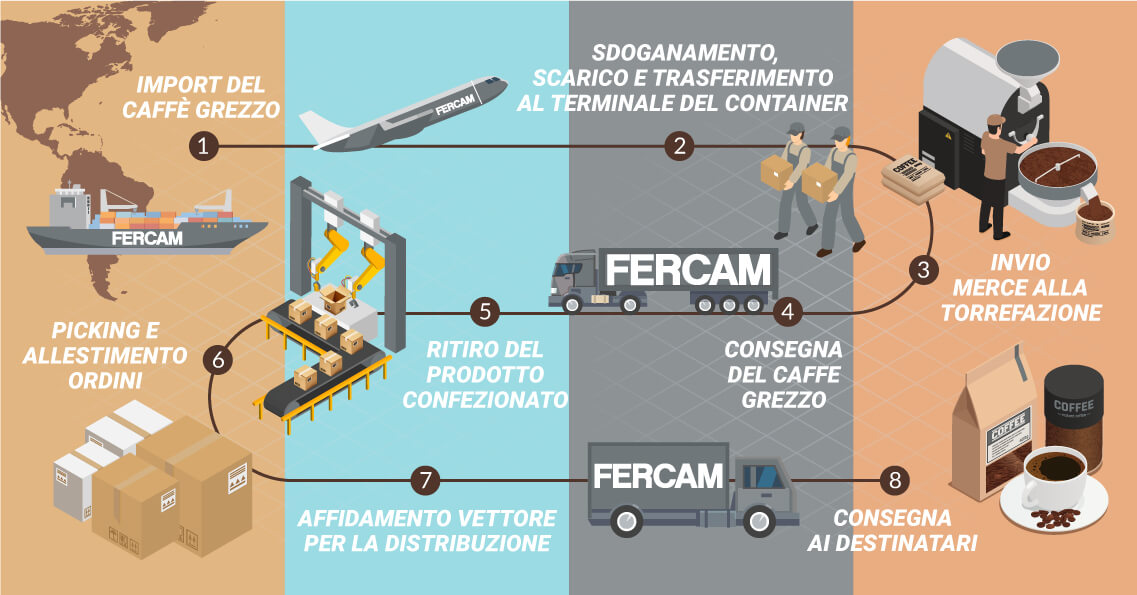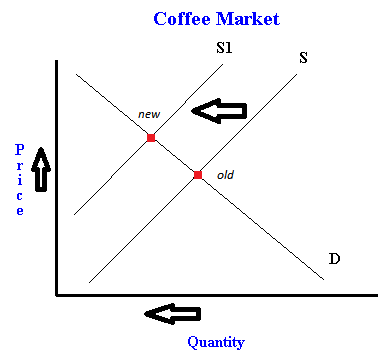Coffee is a popular beverage enjoyed by millions of people around the world. It is produced by the coffee plant, which is grown in over 60 countries across the globe, with the majority of production occurring in developing countries in Latin America, Africa, and Asia. The supply of coffee is influenced by a variety of factors, including climate, soil conditions, pests and diseases, and economic and political conditions in producing countries.
One of the main factors that affects the supply of coffee is climate. The coffee plant requires specific temperature and humidity conditions to grow and produce high-quality beans. Too much heat or too little water can lead to poor crop yields, while extreme weather events such as hurricanes, drought, and frost can also damage coffee plants and reduce production.
Soil conditions also play a role in the supply of coffee. The coffee plant requires well-draining, nutrient-rich soil to thrive. Poor soil quality can lead to lower crop yields and lower-quality beans. In addition, coffee plants are often grown in areas with high levels of deforestation, which can lead to soil erosion and degradation over time.
Pests and diseases can also impact the supply of coffee. The coffee plant is susceptible to a variety of pests, including the coffee borer beetle and the coffee leaf rust fungus, which can significantly reduce crop yields. Efforts to control these pests and diseases through the use of pesticides and other methods can be costly and may impact the overall supply of coffee.
Finally, economic and political conditions in coffee-producing countries can also affect the supply of coffee. For example, trade policies, tariffs, and other economic barriers can impact the ability of coffee producers to sell their products on the global market. Political instability, civil unrest, and other social issues can also disrupt the production and export of coffee.
Overall, the supply of coffee is influenced by a complex combination of factors, including climate, soil conditions, pests and diseases, and economic and political conditions. While these factors can be challenging to predict and manage, they ultimately determine the availability and quality of coffee for consumers around the world.








